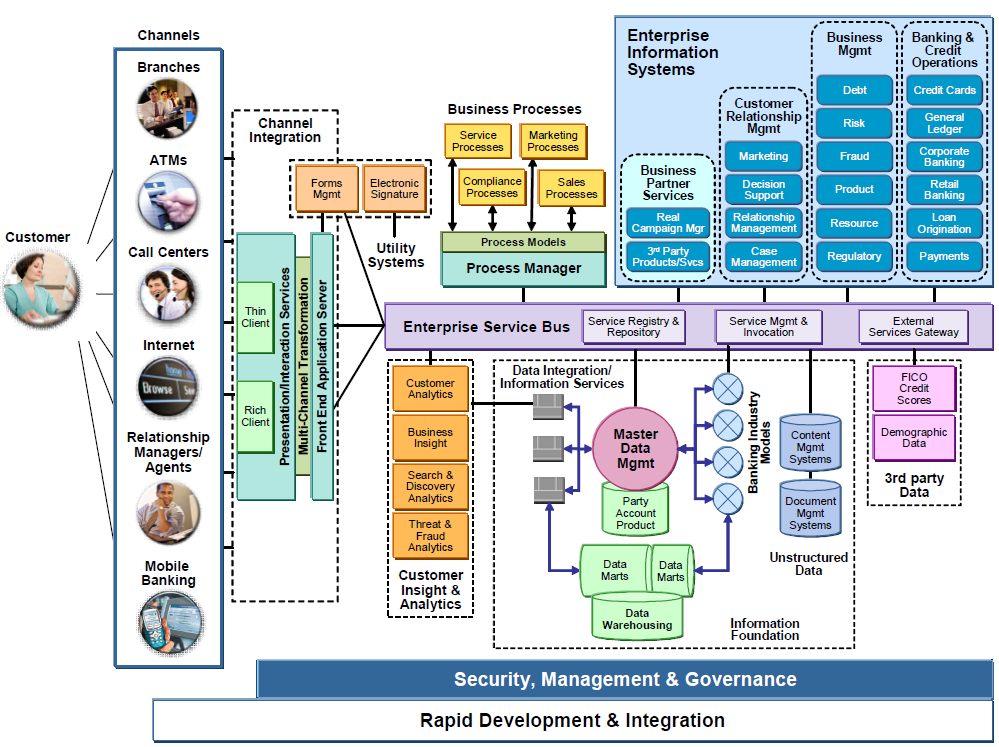
In many cases, data sets are so massive and complex that they can’t be sorted out by conventional data processing technology and software. Yet, businesses remain challenged by the need to capture, store, analyze, and curate large volumes of data in order to leverage it as a strategic asset. By contrast, it has rapidly become an integral part of the mainstream, reflecting the vast amounts of data we produce every day and the expectations for continued exponential growth. So where are we in the lifecycle and evolution of big data today? No longer a buzzword, big data disappeared entirely from Gartner’s hype cycle in 2016, but not because it is no longer relevant.

Advisory firms, such as Gartner, published a myriad of research on big data and provided guidance regarding the emerging technology’s lifecycle and capability to solve real-world business challenges. The Gartner Hype Cycle, for example, is a graphical representation of the maturity, adoption, and application of emerging technology. Big Data emerged and rose to the peak of inflated expectations in 2013 and then began to fall, causing many to wonder whether the promise of big data was mostly hype and in its demise. SAS Solutions Technology enthusiasts – or ‘techies’ – are always interested in the latest trends, and for years, “big data” was trending at the top of every must-have technology capability list.


 0 kommentar(er)
0 kommentar(er)
